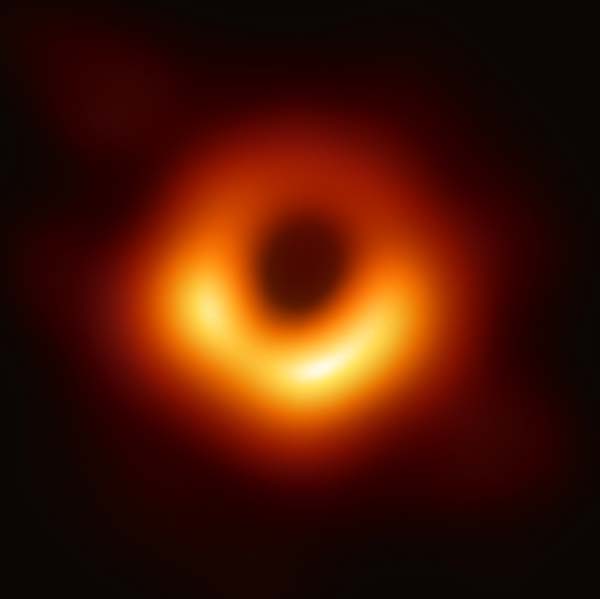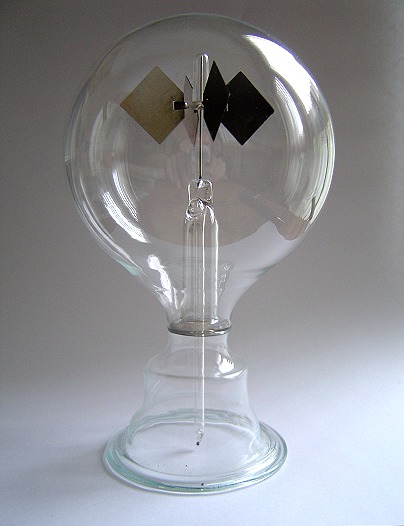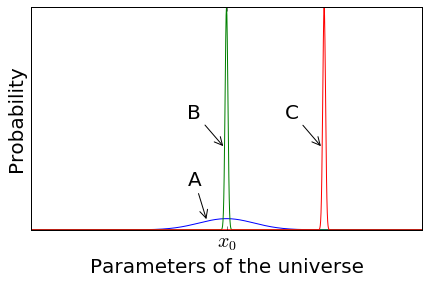When I wrote an explanation of cap and trade, I had a strong temptation to make a physics analogy, to an idea in thermodynamics. The trouble is nobody would understand the analogy, and I would be obliged to explain the physics instead of the economics. Well I’d still like to explain the physics, but in a separate article.
There are certain thermodynamic quantities that are considered to be paired with one another. For example, pressure and volume, or temperature and entropy. These pairs are called thermodynamic conjugate variables.
The concept of conjugate variables can be challenging for physics students to understand because the examples we use are unintuitive. The connection between pressure and volume is unclear, and most people don’t wholly understand what temperature or entropy even are. Therefore, I’d like to use a more down-to-earth example.
So, let’s consider a pool of water. The pool is described by two conjugate variables: the volume of water, and the height of the water.
[Read more…]




